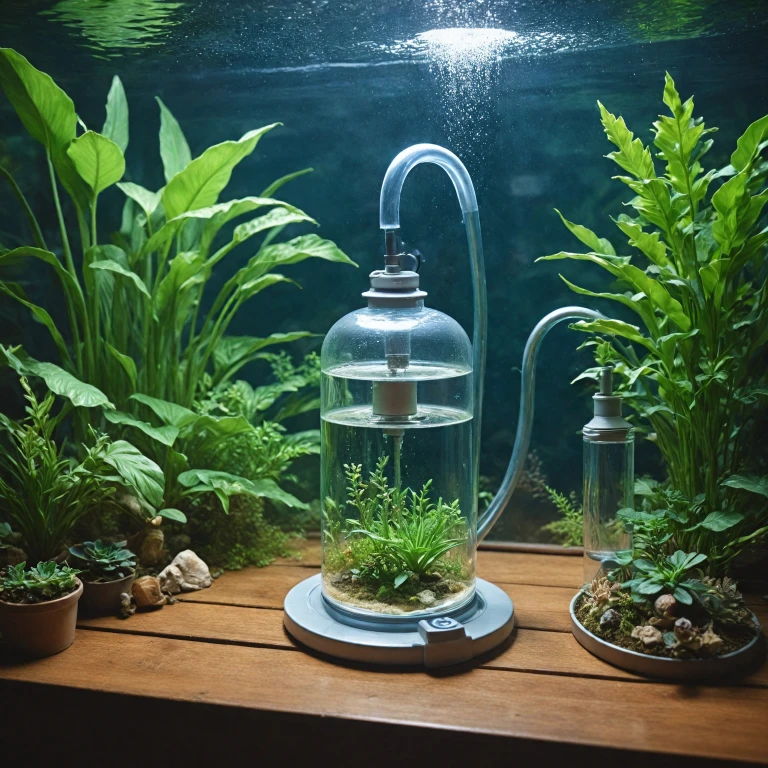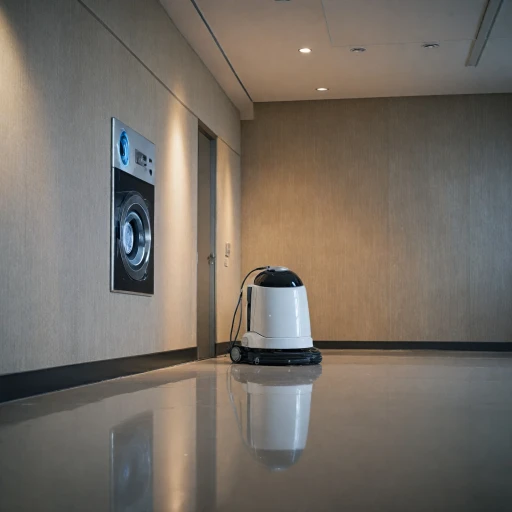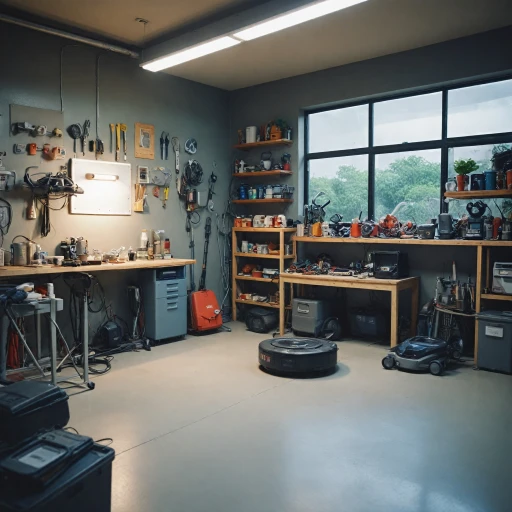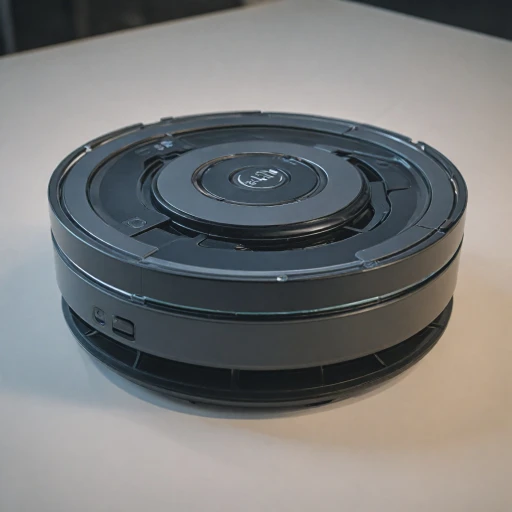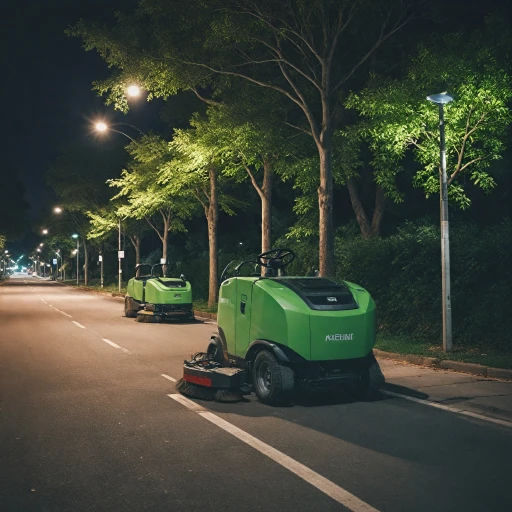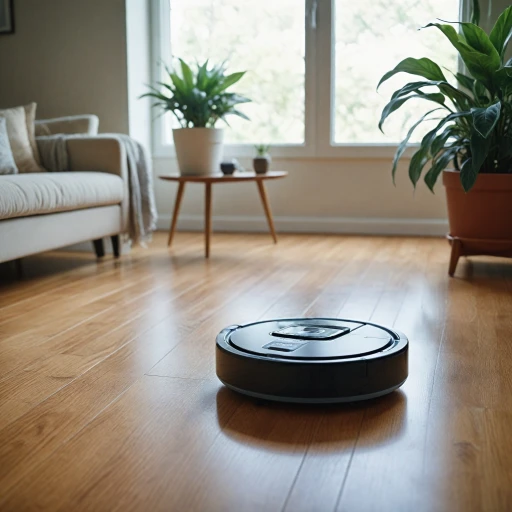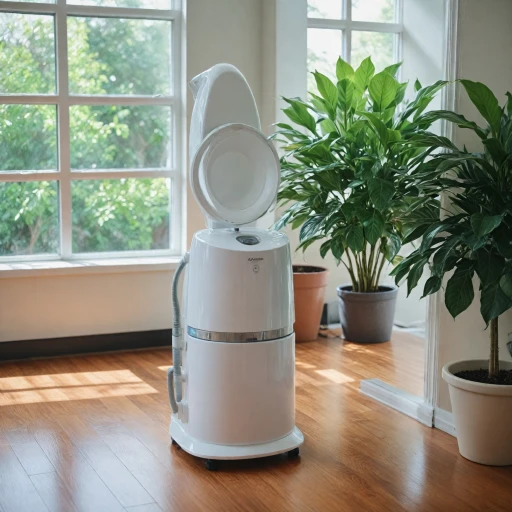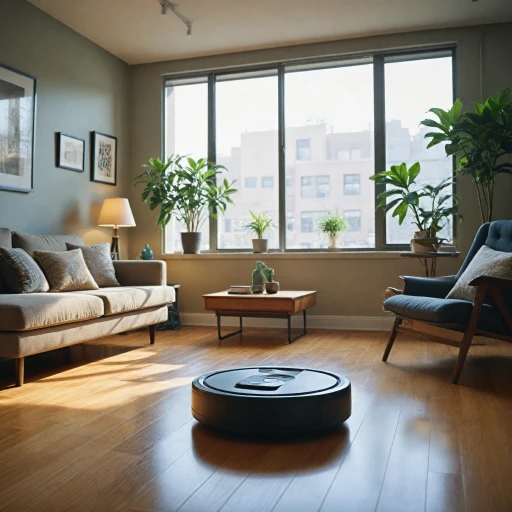
Understanding Water Vacuums
Decoding the Mechanism of Water-based Vacuums
Water vacuums have increasingly gained attraction for their unique cleaning method that merges both wet and dry cleaning capabilities. Unlike traditional vacuum cleaners, water vacuums use water filtration systems to trap dust, dirt, and even pet hair within a water tank, ensuring that these particles are not re-released into the air. This technology makes them both powerful and versatile cleaning options for any kind of floor, including hard surfaces. Water vacuums operate with the primary objective of enhancing the quality of indoor air while maintaining the cleanliness of your floors. By combining the natural properties of water and the suction power of motor-driven vacuums, these units effectively filter out impurities and allergens, like those found with a hepa filter or more traditional filters. As such, they are popular among households with pets, offering a robust solution to manage pet hair and related allergens. Although they often come with a slightly higher unit price compared to regular vacuum cleaners, installment options can make them a viable investment for many homeowners. Devices like Rainbow and Sirena vacuums are known for their effective water filtration approaches, ensuring air remains clean during and after the cleaning process. Moreover, some models are equipped with features like a power nozzle for deeper cleaning, and various attachments for tackling both wet dry messes. Future technologies will continue to expand the capabilities of water vacuums, but understanding their current functionalities and applications already reveals them as a game-changer in the cleaning industry. For further insights into how power vacuums are maximizing cleaning efficiency, explore the in-depth analysis here.Benefits of Using Water Vacuums
Why Consider Water Filtration Vacuums?
Water filtration vacuums offer a range of benefits that traditional models might not provide. These vacuums stand out primarily for their effective cleaning properties, utilizing water as a natural filter. As the vacuum cleaner sucks up dust and debris, these particles get trapped in the water, preventing them from being expelled back into the air.
Efficient Cleaning with Water Filtration
This method ensures that the air in your home remains clean and free from allergens, making it an excellent choice for those suffering from allergies or respiratory issues. The vacuum tank plays a critical role here, as it efficiently separates dirty and clean water, ensuring optimal performance.
Superior Power and Performance
A key advantage of water vacuums is their superior suction power. The wet dry capabilities mean these vacuums can handle both wet and dry messes. Whether you're dealing with spills on hard floors or pet hair embedded in carpets, a water vacuum can handle the task with ease, all while maintaining a suitable unit price and options.
Versatile Cleaning Capabilities
- Efficient removal of pet hair and other debris
- Suitable for both hard floors and carpets
- Can handle both wet and dry clean-ups
Water filtration vacuums often come equipped with additional features like a power nozzle or a HEPA filter to ensure maximum cleaning efficiency. Popular brands like Sirena, Rainbow, and Quantum offer various installment and model options, giving consumers the flexibility to choose according to their needs and price range. Whether as a primary vacuum or a supplemental cleaner, these models deliver comprehensive solutions to the challenges of maintaining a spotless home.
Technological Innovations in Water Vacuums
Technological Advancements in Water-Based Vacuum Systems
Water vacuums, often considered at the forefront of modern cleaning technology, have undergone significant advancements that enhance their efficiency and functionality. As the demand for innovative cleaning solutions grows, manufacturers have been quick to integrate cutting-edge technologies to boost the performance of these water-based vacuum systems.Innovative Filtration Systems
One of the most remarkable technological innovations in water vacuums is the use of advanced filtration systems. Many models now feature a combination of water filtration and HEPA filters to trap dust, allergens, and pet hair more effectively. This dual-filtration approach not only keeps the air cleaner but also ensures that less dust is blown back into the room. Brands like Sirena and Rainbow have excelled in incorporating such technology, making them popular choices for those sensitive to airborne particles.Powerful Suction and Wet-Dry Capabilities
Modern water vacuums are designed to handle both wet and dry messes with superior suction power. The inclusion of high-performance power nozzles has made it easier to switch between wet dry vacuum functionalities seamlessly. This versatility makes them suitable for tackling stubborn dirt on hard floors and managing wet spills efficiently, all while maintaining robust suction power to lift debris from a variety of surfaces.Enhanced Water Filtration Mechanisms
Another area of technological progress is in the water filtration mechanisms that these vacuums employ. The filtration process in units like the Quantum or those featuring a water filter and HEPA filter combination ensures that the water used is constantly cycling for optimal cleaning results. By filtering dirty water and replacing it with clean water, these systems offer a consistent level of high-quality cleaning, reducing the frequency of water tank emptying, and enhancing user convenience.Smart and Cordless Options
In keeping with modern demands, many water vacuums now offer smart features and cordless designs. These improvements aim to make vacuuming more efficient by allowing users to clean freely without cord restrictions. The development of lighter, more compact models with installment options also means that there is a water vacuum available for every budget range and preference, from premium unit prices to more affordable models. The integration of these technologies sets a new standard in the cleaning industry. For those considering a switch to or an upgrade of their cleaning equipment, understanding these enhancements can help in selecting the right tool for their needs. Furthermore, exploring how power vacuums are unlocking new cleaning capabilities can provide valuable insight into potential future trends in vacuum technology.Challenges Faced by Water Vacuums
Navigating Potential Pitfalls in Water Vacuum Usage
Water vacuums are impressive with their ability to tackle both wet and dry messes. However, certain challenges come with these versatile machines, particularly when it comes to their maintenance and efficiency. Understanding these obstacles can aid in making an informed decision.The first complication often faced by users is the handling of dirty water. Unlike traditional vacuum cleaners, water-based options require a post-clean cycle that involves disposing of the dirty water collected. This can become cumbersome after extensive cleaning sessions, especially on hard floors, and might not be ideal for those seeking convenience over thorough cleaning power.
Performance issues are another consideration. While water vacuums boast notable suction power due to the water filtration system, the presence of water can sometimes cause decreased efficiency when transitioning between wet and dry vac tasks. The cleaning process might also be impaired if the water tank isn't properly maintained or if debris clogs the vacuum filters. Regular checks and maintenance are crucial to ensure optimal performance.
Cost factors can be a deterrent for some users. Water vacuums generally come with a higher unit price due to the dual functionality and advanced filtration systems, such as HEPA filters and power nozzles. Featured brands like Sirena, Rainbow, and Quantum often offer various installment options, but potential buyers should be prepared for the initial financial investment.
Another challenge is related to power and portability. While a cordless wet vacuum cleaner can offer convenience, they might lack the powerful suction of a plugged-in unit. Add-ons and features like a power nozzle can enhance performance spread across different floors or carpet types, yet these enhancements often come at additional costs.
Users should also be aware of pet hair complications. Though designed to efficiently handle such debris, the vacuums require regular upkeep to keep the water filtration system and filters from clogging. This emphasizes the importance of choosing the right model for homes with heavy pet presence.
To ensure an optimal experience, prospective buyers should weigh these challenges against the benefits highlighted in previous sections and consider technological innovations that are minimizing these drawbacks. While the current landscape presents some hurdles, the continuous advances in water vacuum technology hint at a promising future for these cleaning devices.
Choosing the Right Water Vacuum for Your Needs
Factors to Consider When Selecting Your Water Vacuum
Choosing the right water vacuum involves several considerations that can dramatically impact your cleaning efficiency. With an array of features and technologies available, it's essential to focus on what aligns best with your specific needs. Here's a handy guide to help you make an informed decision.
- Cleaning Purpose: Understanding your cleaning requirements is key. If dealing with pet hair is your primary concern, prioritize vacuums with strong suction power and a reliable water filtration system. For tackling wet and dry messes, selecting a unit that effectively handles both with a robust power nozzle can be beneficial.
- Floor Type: The kind of floors you have significantly influences your choice. Hard floors demand a vacuum with adequate power to manage dust and dirt without damaging surfaces. A unit capable of differentiating between floor types ensures optimal performance across various surfaces.
- Filtration System: A water vacuum with a HEPA filter is excellent for improving air quality by trapping finer dust particles. Ensuring your vacuum has a high-quality water filter helps maintain clean air and efficiently manages dirty water.
- Water Tank Capacity: Look for models with a convenient water tank size that aligns with your cleaning frequency and floor area. A larger tank might save you from frequent refills but could affect maneuverability.
- Price and Budget: Assessing the unit price relative to features and performance is crucial. While brands like Sirena and Rainbow offer premium options, alternatives like Quantum provide budget-friendly choices with comparable cleaning power.
- Installation and Convenience: Choose between corded and cordless wet dry vacuums based on your setup preferences. Cordless models offer greater mobility, though they may come at a higher price point.
- Additional Features: Some vacuums come with installment options or specialized attachments like multi-surface cleaning brushes, which can be useful for diverse cleaning needs.
By considering these key elements, you can select a water vacuum that efficiently meets your cleaning needs while fitting within your budget. Such an informed choice ensures a cleaner home environment and a smoother cleaning experience overall.
Future Trends in Water Vacuum Technology
Advancements and Expert Predictions
The realm of water vacuums is on the brink of some intriguing advancements, thanks to technology and consumer demand shifts. As awareness grows about the efficacy of water-based cleaning systems, more people are opting for these devices rather than traditional dryers for their homes. Here’s a look into what the future holds:- Refinement of Water Filtration: Future designs will likely include improved water filtration systems, enabling even finer dust and dirt particles to be removed from the air and surfaces. Such enhancements aim to ensure cleaner output, addressing users’ desire for immaculate air quality.
- Enhanced Power and Efficiency: The next series of water vacuums will potentially feature increased suction power, with motors optimized to handle both light and heavy-duty cleaning efficiently. This will be crucial for both hard floors and carpets, guaranteeing a comprehensive clean.
- Cost-Effectiveness: As technologies evolve, unit prices are expected to decrease, making water vacuums more accessible. This aspect, combined with installment options, might prompt a broader demographic to invest in such appliances without financial strain.
- Integration of Smart Technology: Incorporating smart technology could change how we interact with water vacuums. Future models might feature connectivity options, allowing users to manage the cleaning process remotely, set schedules, or even troubleshoot issues in real-time via a mobile device.
- Shift to Eco-Friendly Designs: The use of environmentally conscious materials and processes in manufacturing these vacuums may become standard. These designs will aim at reducing the ecological footprint, conserving water, and maximizing energy utilization.

